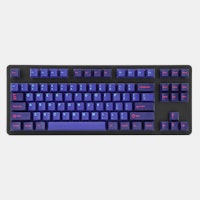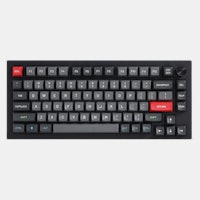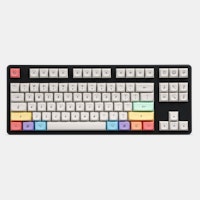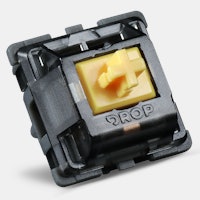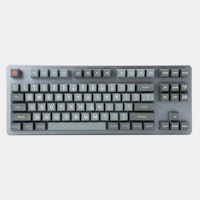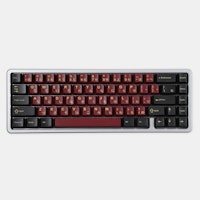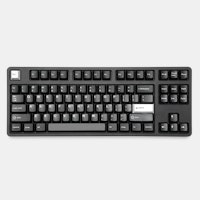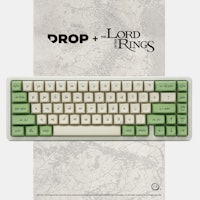Click to view our Accessibility Statement or contact us with accessibility-related questions






Leveraging Layers
Making your keyboard work for you!
When shopping for a new keyboard you may have heard that you want to have a keyboard that is compatible with QMK, VIA, or VIAL. These are three different programs that allow you to modify the assigned keys on a keyboard. This is one of the major advantages of using a custom mechanical keyboard and one that I feel is criminally underused. Making small adjustments to your layers can allow you to tune your keyboard to your exact specifications. For example, I always swap the position of left control and caps lock. I’ve always felt that caps lock was a waste of such a valuable space. For those of you that read some of my earlier articles, you’ll know that my first mechanical keyboard was a Happy Hacking Keyboard. As you’ll see later on, my personal layouts are heavily inspired by this keyboard, even going so far as to mapping my backspace to the pipe key on nearly every single physical layout, yes including tenkeyless. Today, I hope you can take away some cool tips and tricks in modifying your layouts to improve your keyboard experience. We’ll primarily be looking at VIA as the interface.
For those that choose to use smaller form factors, having multiple layers allows our keyboards to interface as much larger boards. Let’s start where my journey did, the HHKB, specifically the Pro 2.

















search
close
Sort by: Newest
keyboard_arrow_down
HubertTheMad
163
Keyboard Club Member
Sep 18, 2024
Thanks for the write up! I've always found it an interesting conversation starter regarding smaller than full size keebs when someone asks "what do you do if you need (insert part of board)!?", especially since I love 60s like you.
PRODUCTS YOU MAY LIKE
Trending Posts in Mechanical Keyboards

RealRage_TV
software?
Hi I'm new to Drop and i just received my Keyboard i have been waiting for months for by Drop x MTN Dew x Borderlands movie and didn't know if there was a software like Logitech's for the keyboards. if anyone could help please let me know
Nov 20, 2024

jdsvdropper
Drop ENTER keyboard with DCX Sleeper Mac variants and Rocky Bird
Black Drop ENTER keyboard with DCX Sleeper Mac variants for the Option and Command keys, and Rocky Bird red and black DCX keycaps.
Nov 19, 2024
AngryTank
Favorite Artisans
COME FORTH SHENRON!
Purple, Dragon Balls, and Seta! What more does a simple man need?
Nov 17, 2024
InsufferablePedant
ZealPC Aqua Zilents
Please ignore the filthy keyboard, it's been on a shelf for a minute.
Nov 15, 2024

Neekolas714
Kicks & Keebs
Alpha Bravo Smoke
Finally finished my Keychron V5. Smooth, beautiful and stylish. What else could there be?
Nov 13, 2024
